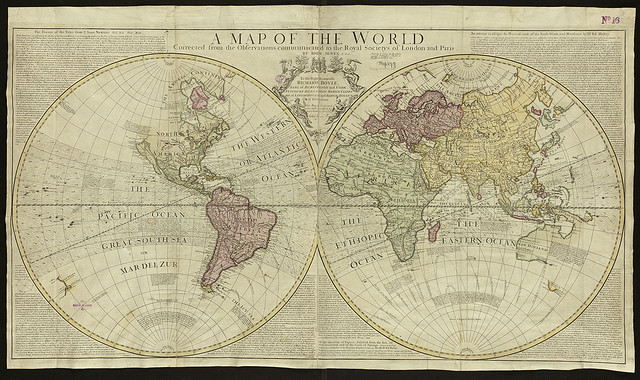Travel is in itself something always inspiring. Walking under different stars, different colors, smells, traits, customs, different accents or languages... Everything fascinates us, immerses us and captivates us. For travel lovers, traveling is a necessity, a NEED in capital letters; it's almost like breathing. And if you are also passionate about capturing everything in images, there are few things as magnificent as a trip to practice photography . And few moments are as magical as planning, unplanning, living the trip and returning with everything learned (and with thousands of fantastic images behind you) ? .
So whether you like landscapes, portraits, long exposure photography or street photography… A trip is the perfect setting to practice everything you have learned and to learn new things. So far good, right? But what about when it comes to packing things? Don't you have the feeling that sometimes you overdo it with caution and at other times you become disorganized and forget half the things? Well, to try to make it a little easier for you when choosing the essential photographic accessories for your trip , so that you do not lack or have anything left over:
- Backpack
- Camera
- Objectives
- Tripod
- Cleaning kit
- Charger
- batteries
- Power adapter
- extra memory cards
- filters
- Flash
- Parasol
- waterproof cover
- notebook and pen
- Check list
But better we are going to see it carefully because all this goes hand in hand with dependencies and other recommendations ?
ASPECTS TO TAKE INTO ACCOUNT WHEN CHOOSING YOUR TRAVEL PHOTOGRAPHY ACCESSORIES
TRIP TYPE
- Means of transportation: When deciding what to take on a trip, the way in which you are going to move is essential. Moving in your own car is not the same as traveling by plane, by bicycle or on foot. The way you are going to travel will determine how much material you are willing to take. The material is heavy, and there is nothing more tiring than carrying various objects that you are not going to use.
- Type of route: Are you going to a fixed and safe place where you can store the material that you are not going to use? For example, if you are going to photograph landscapes in the morning, perhaps you will take the tripod and the wide angle, but if you are going to To take portraits of the locals in the afternoon, you may be on the tripod and the wide angle and prefer a medium focal length. Or, on the contrary, are you going to be changing places every so often? In this case, you may be more interested in traveling with the bare minimum for your comfort. I assure you that carrying too many things is one of the worst things you can do when you are traveling. In the end you can get so tired that you don't feel like taking the camera out of the backpack. ?
- Number of days: It is not the same to be away for a week than a month. In the first case, perhaps you can do without taking a computer where you can download your images or even a hard drive where you can make backup copies. On very long trips, it doesn't hurt to have a device where you can download your photos. This way you will have the information on the memory cards and on another device that will make you a backup, and even if you run out of space on the cards, you can empty them knowing that you have them stored in a safe place.
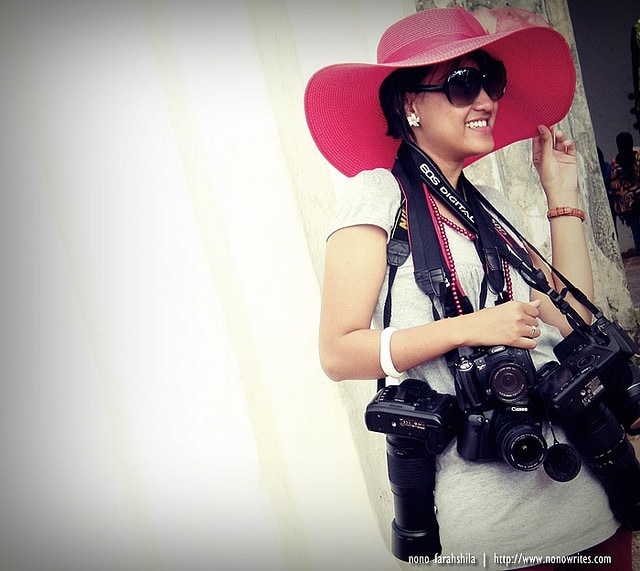
SOAK UP THE PLACE
Buy a guidebook and/or look for information about the place you are going to. Look for related images and decide what you are interested in seeing and what you are not, get inspired by them and take ideas, because based on the type of images or the place you are going to, you will need one type of material or another. It is also important that you soak up the customs of the place, knowing what is good to photograph and what is not, it can avoid any serious situation.
ESSENTIAL ACCESSORIES FOR YOUR TRAVEL PHOTOGRAPHY
PHOTO BACKPACK FOR TRAVELERS
The most important thing when choosing a backpack for your camera is that it be comfortable, light and that it allows you to handle it in an agile way when removing or storing the camera, objectives and others. If it has several compartments so you can keep everything organized, much better, and if it is waterproof, it would almost be perfection. If it's not perfect, don't worry, but organize it well and try to get the best out of what you have.
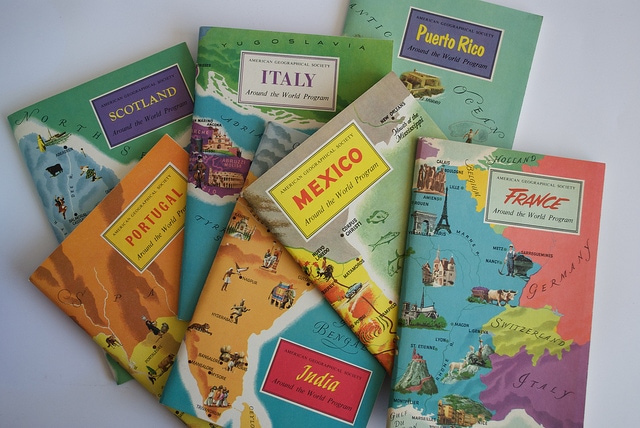

BODY
If it is a pleasure trip, with a body you will have more than enough. If you have two and you don't want to change optics every moment, you can take both, but the weight will also have to be multiplied by two. A good option, and lighter, is to accompany your reflex with a compact to capture images that do not require too much technique (Selfies or group photos ? ), so you also make sure that if unfortunately one fails you during the trip, you will always there is another.
OBJECTIVES FOR YOUR TRAVEL PHOTOGRAPHS
In case you have several objectives , think about what kind of images you want to make. Do you love the landscape? The portrait? Or maybe the fixed focal lengths? Here are some indications and suggestions but you can always take a look at our article with the recommendations of objectives for photographic trips:
- Telephoto lenses (approx. 55-200mm): Very useful for getting closer to situations that you cannot or are afraid to access. The standard apertures are usually more closed than those of other objectives, and the more open, the more expensive, so keep in mind that these are objectives that a priori need enough light.
- Wide Angle (12-20mm approx.): The classics for landscapes, because they are the ones that allow you to cover the most framing.
- Medium focal length (50-70mm approx.): The 50mm is the one that most closely resembles human vision, and you can also find it as a fixed focal length with a large aperture, which will allow you to shoot in low light conditions.
- All-terrain (approx. 18-200mm): If you have enough left over and you have one of these all-terrain lenses, you will only have to carry one of them. They are designed to be "correct" at every distance, although they can never match the quality of prime lenses or more specialized focal lengths.
(Whatever you decide, don't forget the front or rear covers!)
TRIPOD
Before the classic question and decision to take it or not, think in general terms what use you usually give to the tripod . If you are passionate about long exposure , time lapse , landscape, rivers with a silky effect … Then take it with you. If not, if you are one of those who always manages to forget it in a corner, of those who prefer to go light and like speed... Then leave it at home, don't fool yourself, people don't changes from one day to another ?
CLEANING KIT
The simplest ones are very cheap and should always, always accompany you (and not only on trips). The most basic ones usually have an air bulb with a brush, a microfiber cloth and/or cleaning paper, and cleaning liquid. The kit takes up a minimum and will be very useful for cleaning lenses, crystals or mirrors without damaging them.
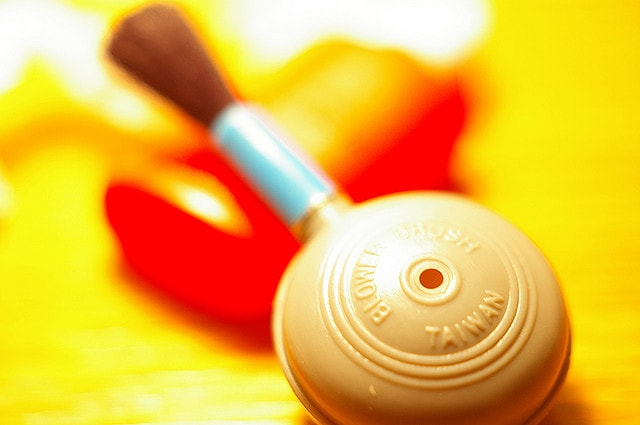
CHARGER
They are neither cheap nor easy to find depending on where and what camera you have. So it's very, very, very important that you don't forget it. So if you can, make it one of the first things you put in your backpack (the camera is less likely to be forgotten ? ).
BATTERIES
If you still have only one battery, now is the time to buy a second battery. If you are going to spend the day photographing and away from power outlets, it is always a great option to take at least two. And even if one suddenly fails during the trip, you can at least have an extra one and thus cover part of the day.
POWER ADAPTER
Find out what type of current and plugs the place you are going to has. Unfortunately they are not universal, so find out and, if you need an adapter, buy it before the trip. It may be difficult for you to find it there or simply and directly not find it.
VARIOUS MEMORY CARDS
As a general rule, it is better to carry several smaller capacity memory cards than one large capacity, as long as you take good care of them and take special care not to lose any. If you only go with one and you lose it or it gets damaged , you will lose all the images. On the other hand, if you have several and one of them is lost or damaged, you will keep, at least, the rest.
FILTERS
It doesn't hurt to take one of these filters on a trip:
- Polarizer: Avoid reflections on shiny surfaces and intensify colors.
- UV filter: The easiest way to protect your lenses. If you do not have one, it is highly recommended that you buy one (they are usually very cheap).
- Neutral density filters: To reduce the intensity of light entering through the lens. For example, if you want to take images with a wide aperture (let's say you want the background out of focus) but you have too much light and even increasing the speed the images are overexposed, or if you want slow speeds in bright situations, etc. Within the neutral density filters, you have different degrees or intensities to let more or less light through.
EXTERNAL FLASH
An external flash neither occupies too much nor weighs excessively. But, if you have never missed it, if you keep it jealously in a corner inside its practically pristine box... Leave it at home. On the contrary, if you use it at least once in a while, enjoy its handling and its effects... Do not hesitate to add it to your suitcase, surely you will find more than one situation in which, if you did not, you would throw it out much miss. And please, do not forget spare batteries, as many as you anticipate that you can use, it is better that you have more than not enough.
PARASOL
When you are traveling, you usually take pictures at all hours, adapting to the daylight hours that you find in each place. Therefore, because you will not always be in the right place with the right light, it is important that you do not forget the lens hood to avoid flares or unwanted lights on your lens.
WATERPROOF CAMERA CASE
Or in its cheap version, a plastic bag (although it is not comparable). It does not matter if you plan to go to the Sahara desert or the Atacama or the Gobi desert and it rains an average of two days a year. That day you may be the one who is there. So just in case it doesn't hurt to anticipate it and have everything you need to face the situation. Also, getting lost on rainy days with the wonderful images that they offer us… ?
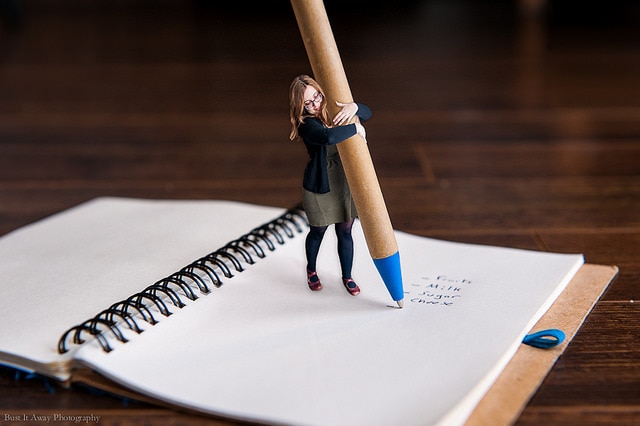
NOTEBOOK AND PEN
Yes, just like in the old days. It will help you write down the name of the places in the photographs, write down the best times to photograph them, anecdotes, ideas... Whatever you like.
CHECK LIST
Human beings love lists. New Year's resolution lists, shopping lists, lists of all kinds. Lists that we almost never fulfill. But for once, I advise you to make the effort. Take some time to think and list all the essential photographic elements for your trip. Once you have thought of it, make a list (on the computer it would be perfect because you can save it, modify it and print it for each time you go on a trip).
Prepare all the material together and at the same time, and with the list in hand, cross off as you put the material in the backpack. This way you will avoid mistakes that can ruin your trip.
AND TO FINISH AND AS A SUMMARY… LESS IS MORE
No one knows themselves better than yourself. You know what type of photographs you like, what is the objective that always accompanies you in your walks, if you are one of those who wait 3 hours to get the perfect image, or are you one of those who goes headlong chasing spontaneous situations on a street crowded. No one better than you knows how many times a year you take the tripod out of the bag, that fixed focal length so forgotten, or that telephoto lens that weighs so much and needs so much light... So, unless you have a specific purpose on that trip other than your usual chore, think about taking the most basic and essential things to give you autonomy and let you enjoy both photography and the trip itself. Neither travel nor photography have been made to suffer, quite the contrary, both, and united even more, are to enjoy, to relax, to lose yourself, to live experiences and learn in every way. Do not let a bad choice of your luggage make you end up exhausted, asking others to carry your things grumbling, or worse, that you end up so fed up that you decide that the photographs are over on that trip.
Think and you will succeed ?
By the way… do you know our ebook “Traveling Photographer”? Be careful that your teeth are going to get long... ?
And you know, if you liked it, it has been useful to you and you think that someone else might be interested in the recipe so as not to forget anything before leaving on a photographic trip... share it. Thank you!

